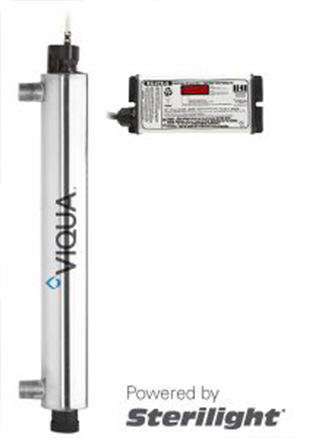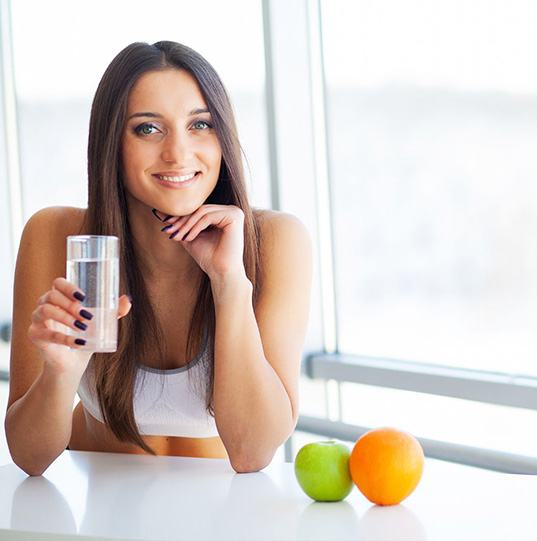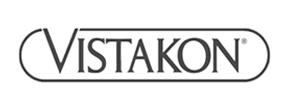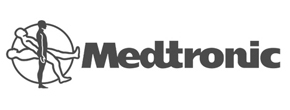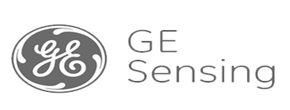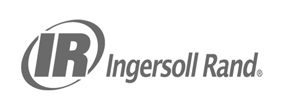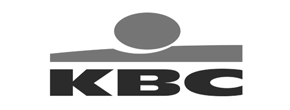Ultraviolet Light Filters
Harmful Bacteria Removal
More than 11% of drinking water sources are from private wells, lakes, or springs. As a result, the water supply in your home may not be biologically safe. This can also occur in mains water supplies that result in bacterial contamination and boil water notices.
Bacteria are found in many wells and occur intermittently throughout the year depending on rainfall. The micro-organisms which find their way into a water supply can come from a variety of sources including septic tanks, sewage, animal wastes, or decaying organic materials.
The best way to treat microbial unsafe water is using Ultra-Violet light filters. Not only do UV light sterilisers provide one of the safest ways to disinfect water, but they also eliminate the need for chemical disinfectants. As chlorine or other harsh chemicals are not employed for treatment, it does not impart any bad taste or odour in the filtered water. Due to increased legislation, they are widely being employed in the food and beverage industry. A key element in the installation of a UV steriliser system is the installation of a pre-stage particle filter.
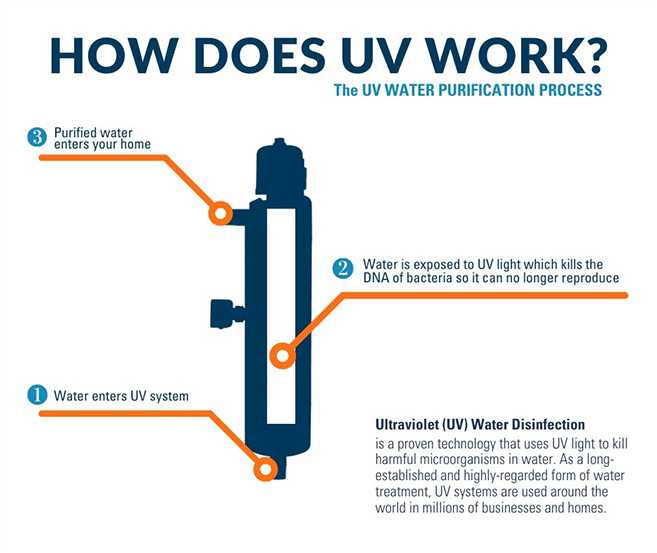
UV Water Filters
UV water filters are gaining immense popularity amongst well owners who are looking to remove bacteria from their water supply. UV sterilisers are highly effective, safe and cost-effective methods of removing bacteria from water.
UV disinfection kills micro-organisms present in water and does not add any chemicals, or impact the taste of water.
Ultraviolet energy causes the inactivation of micro-organisms by disrupting DNA, therefore preventing the growth of bacteria and their spores.
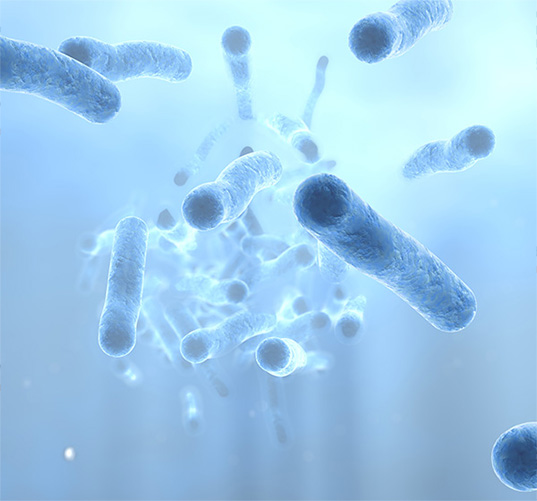
A UV water purifier deactivates:
- Cryptosporidium
- Giardia
- Dysentery bacilli
- Coliforms
- Salmonella
- Mycobacterium tuberculosis
- Streptococcus
- E. coli
- Hepatitis B
- Cholera
- Algae
- Fungi
- Some viruses
Benefits of using an Ultraviolet System
- The easiest and most effective ways to safeguard drinking water in your house.
- No need to handle potentially dangerous chemicals
- Virtually immediate disinfection (no contact tanks like chlorine)
- Environment-friendly treatment option
- Safe and easy to maintain
- Requires little contact time
- Produces high flow rates
- Adds no taste or odour to the water
- Wastes no water
